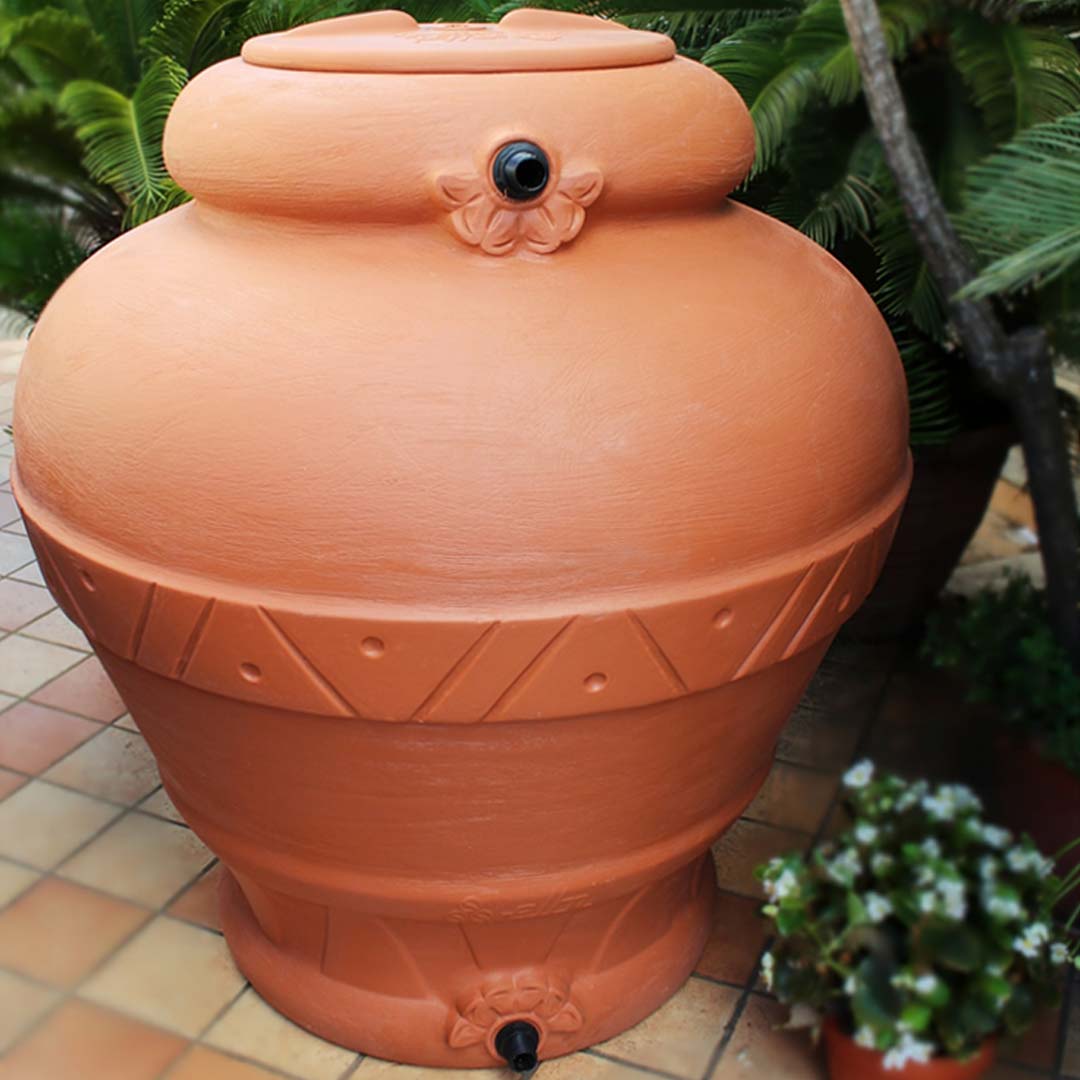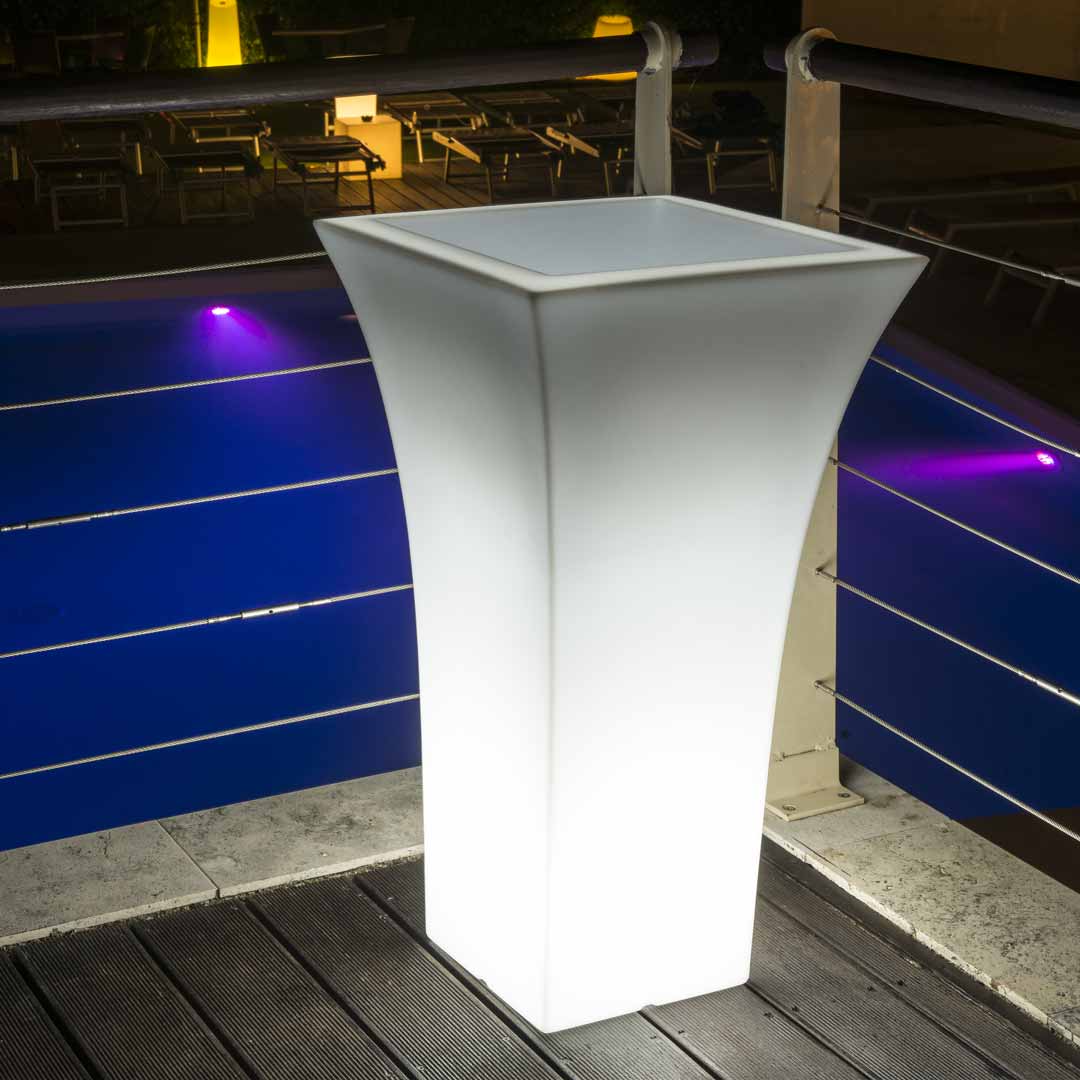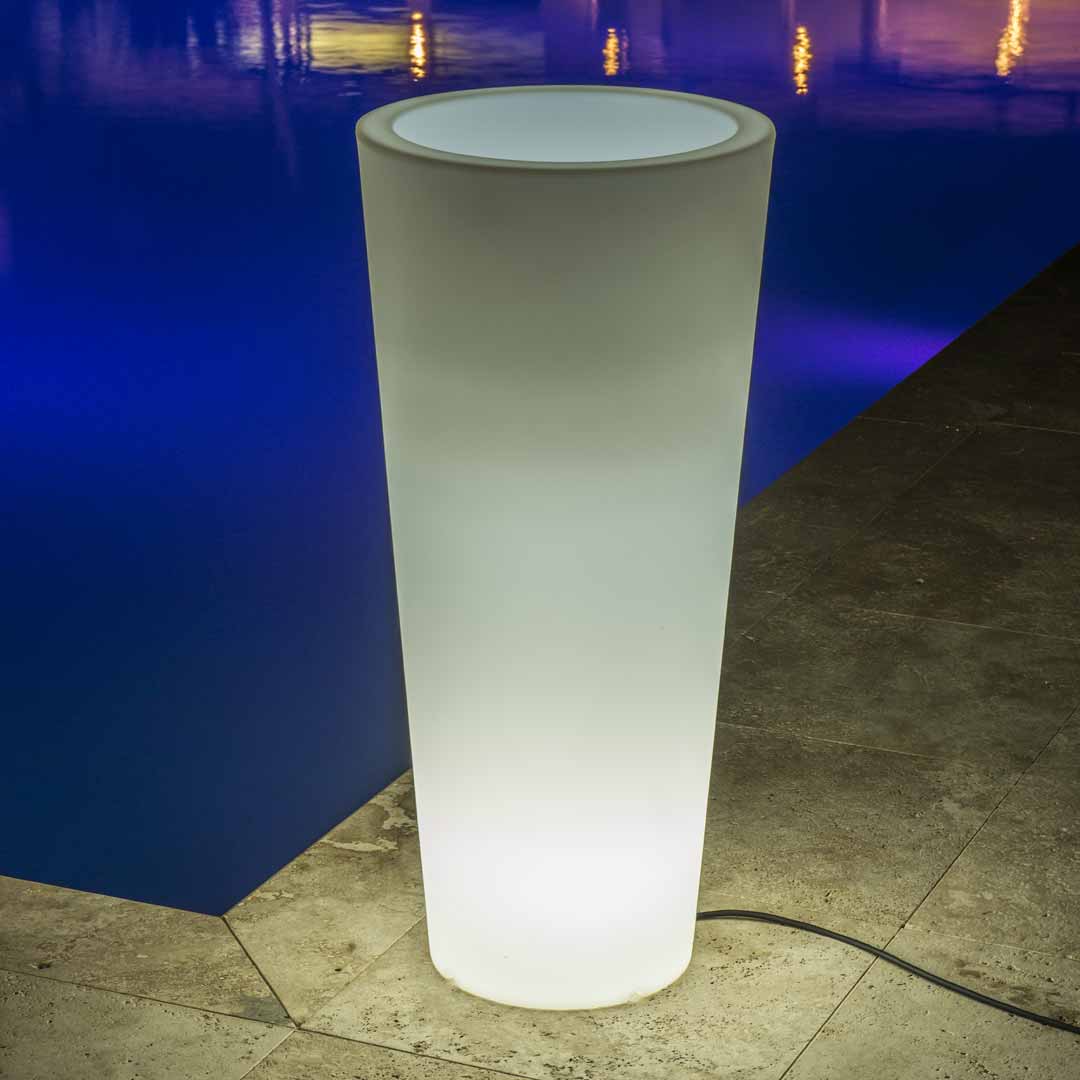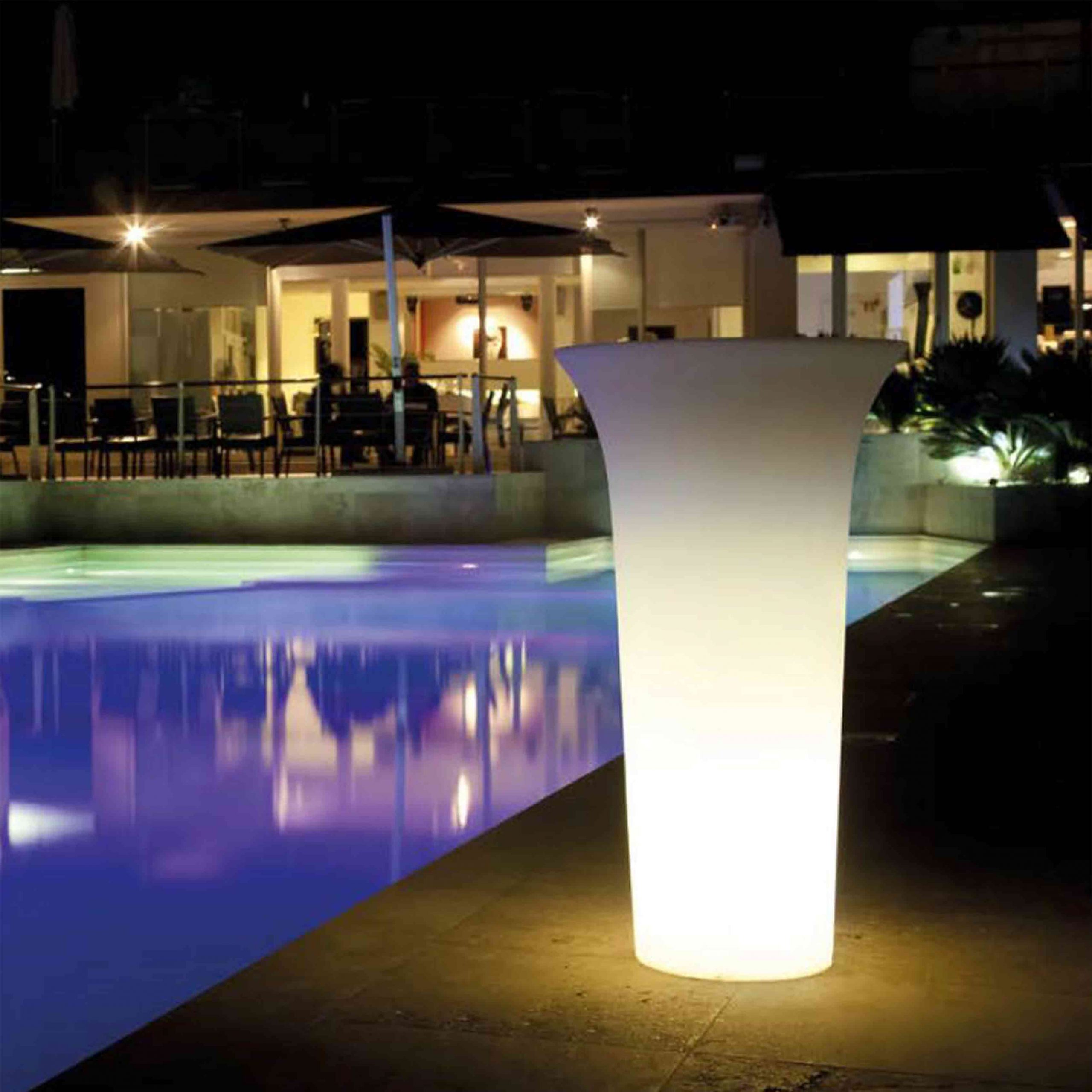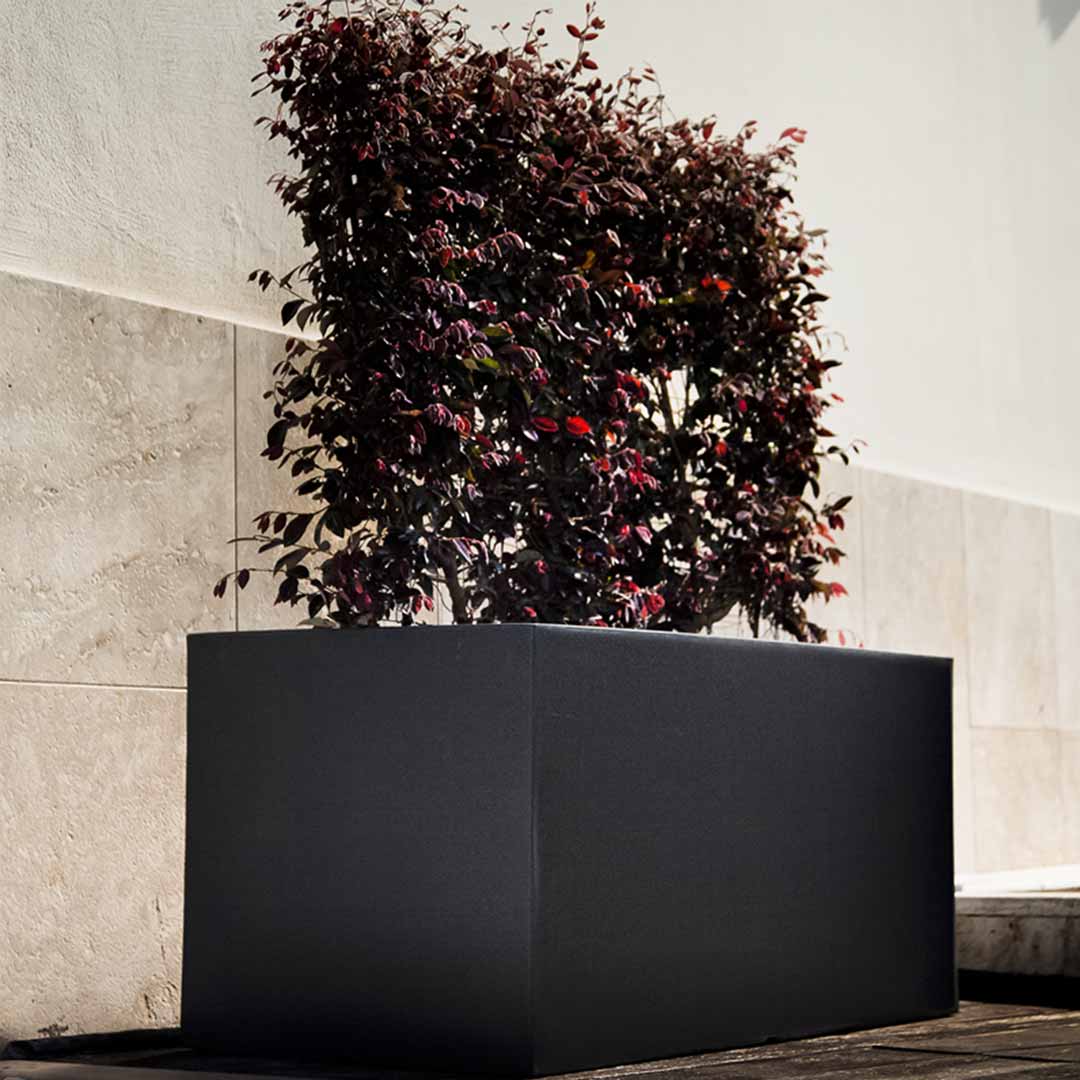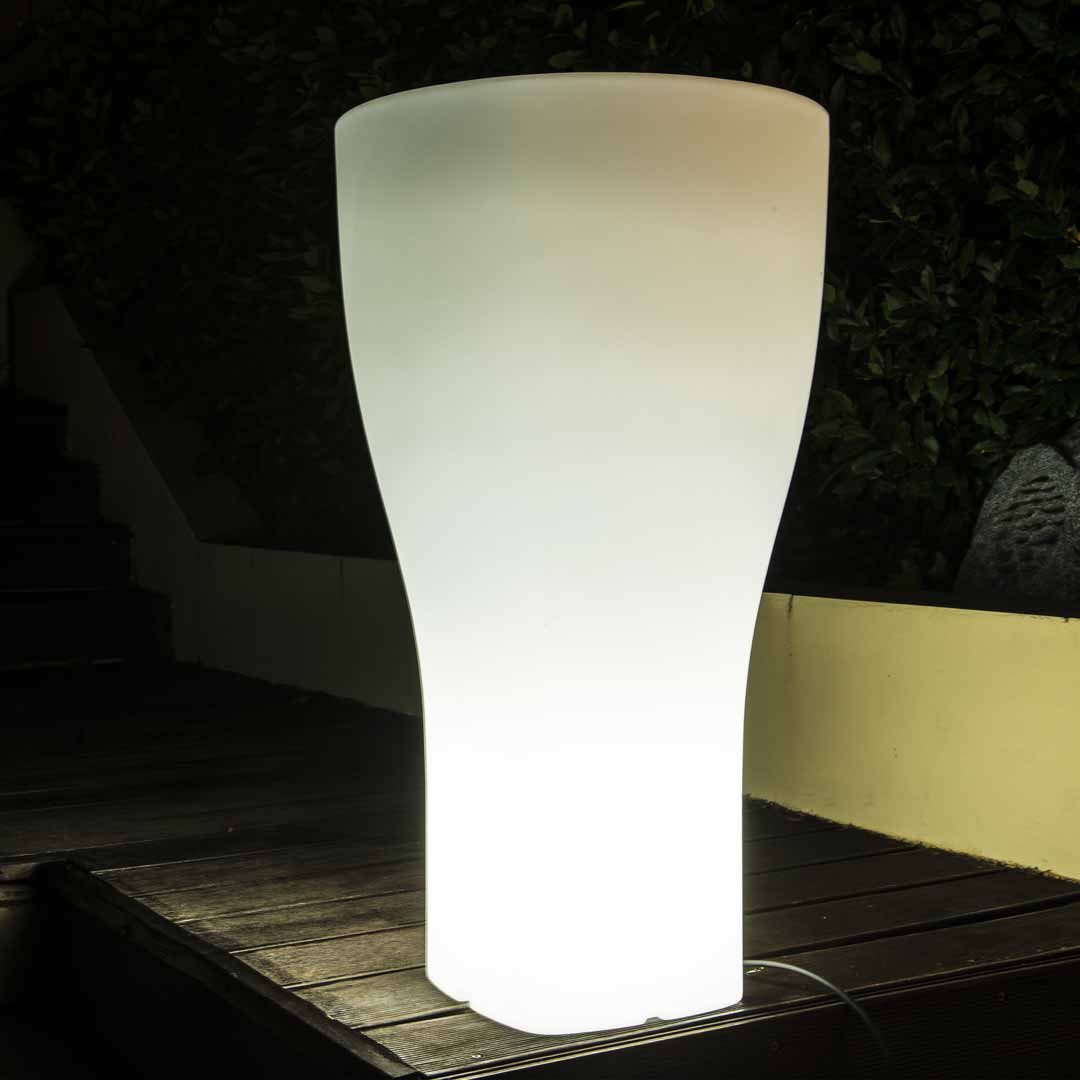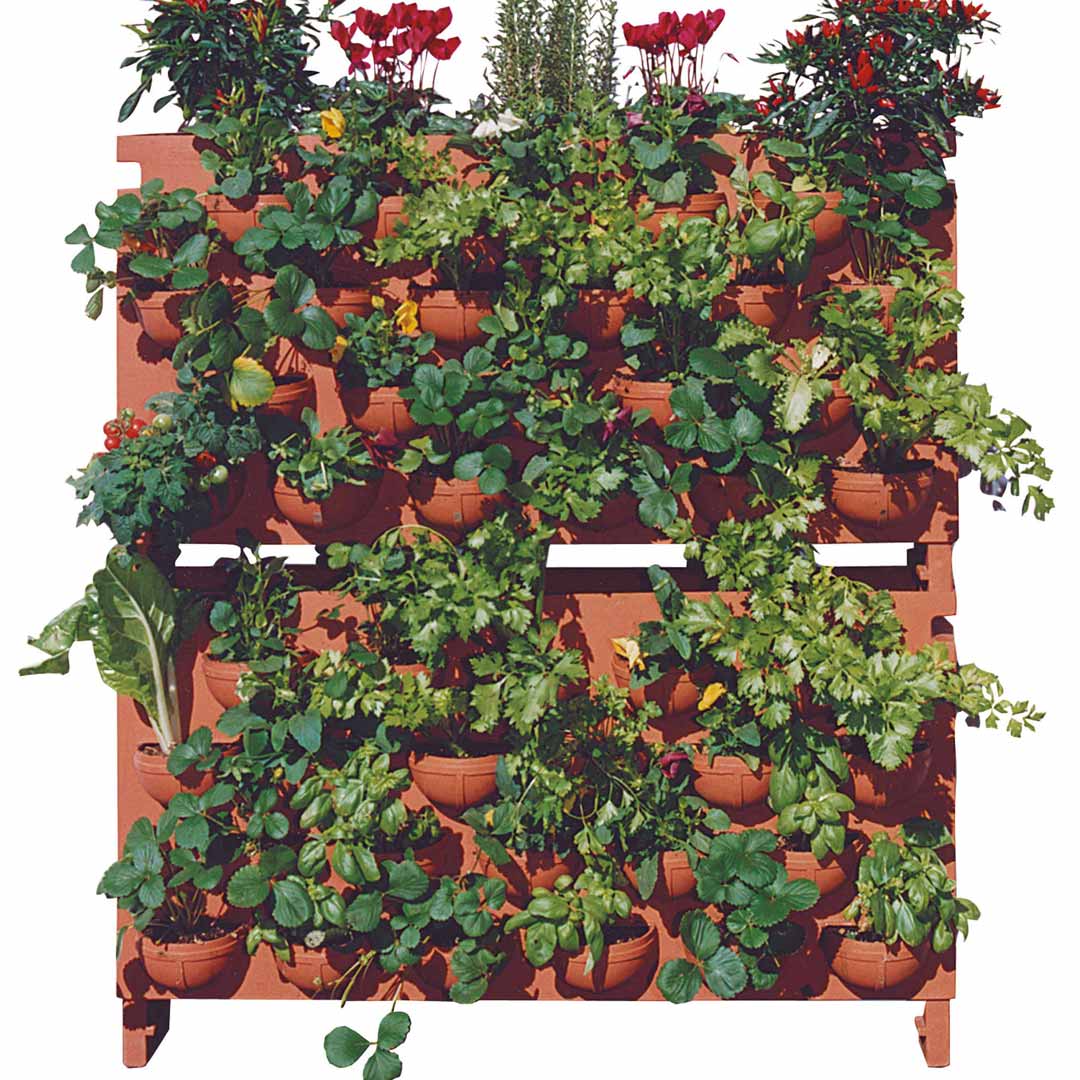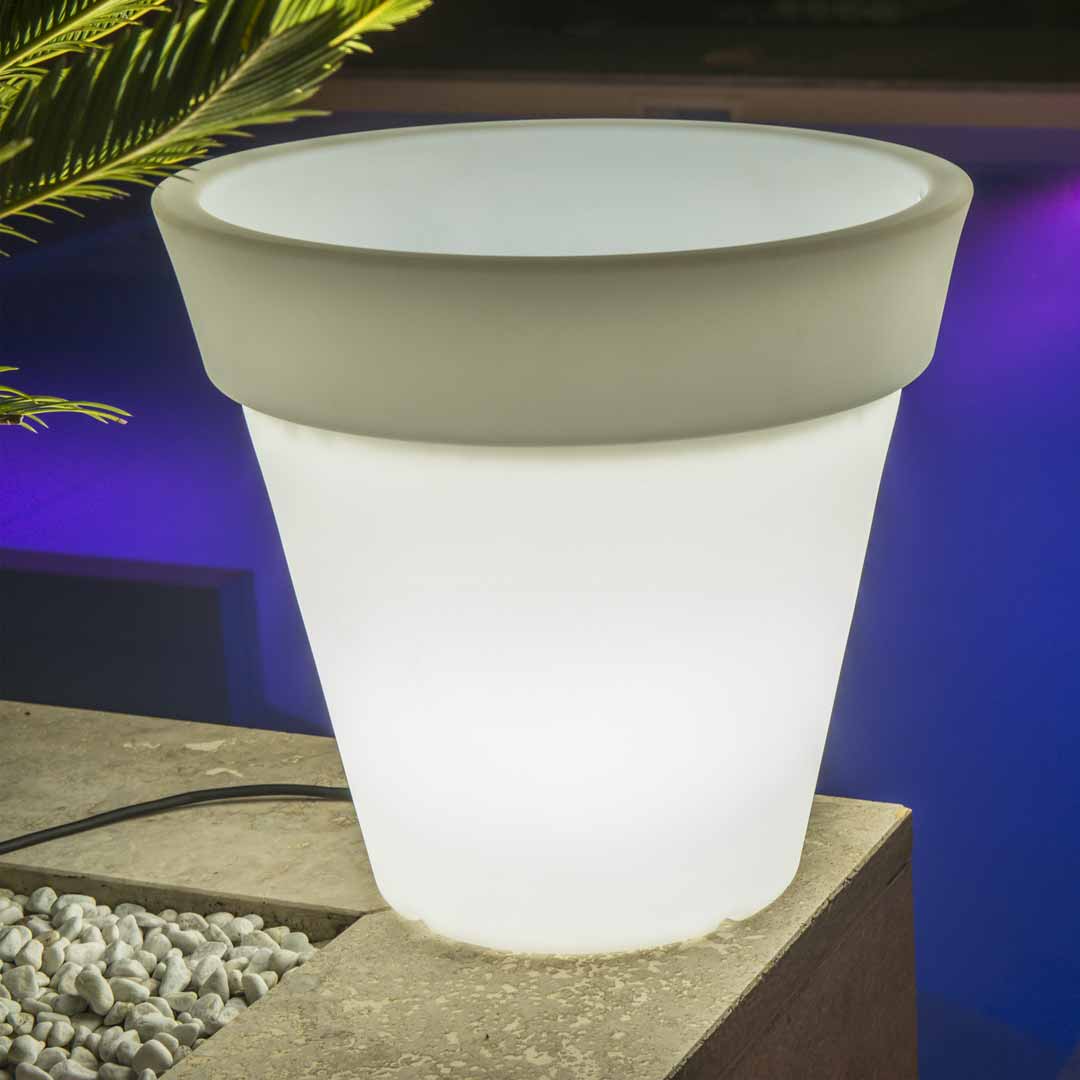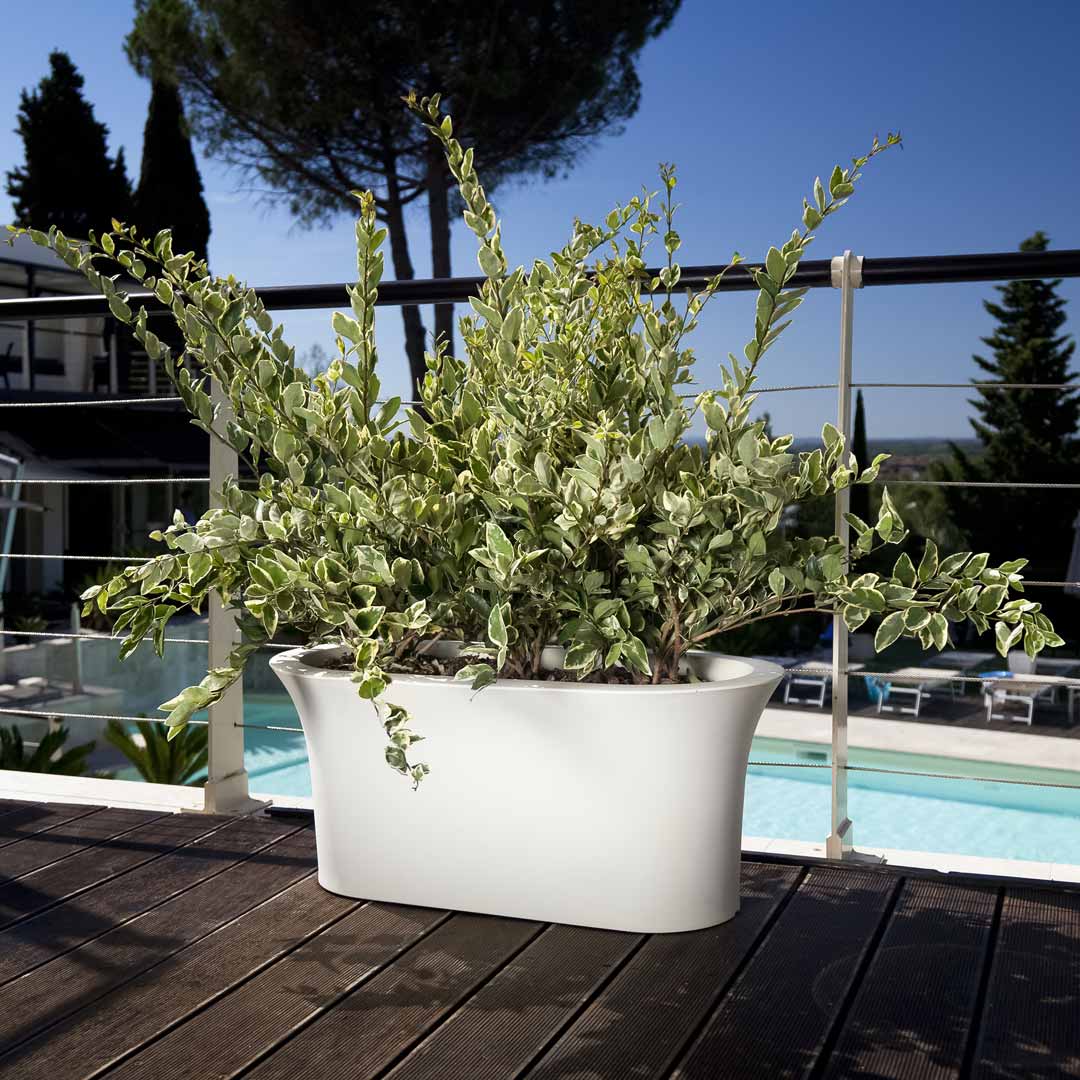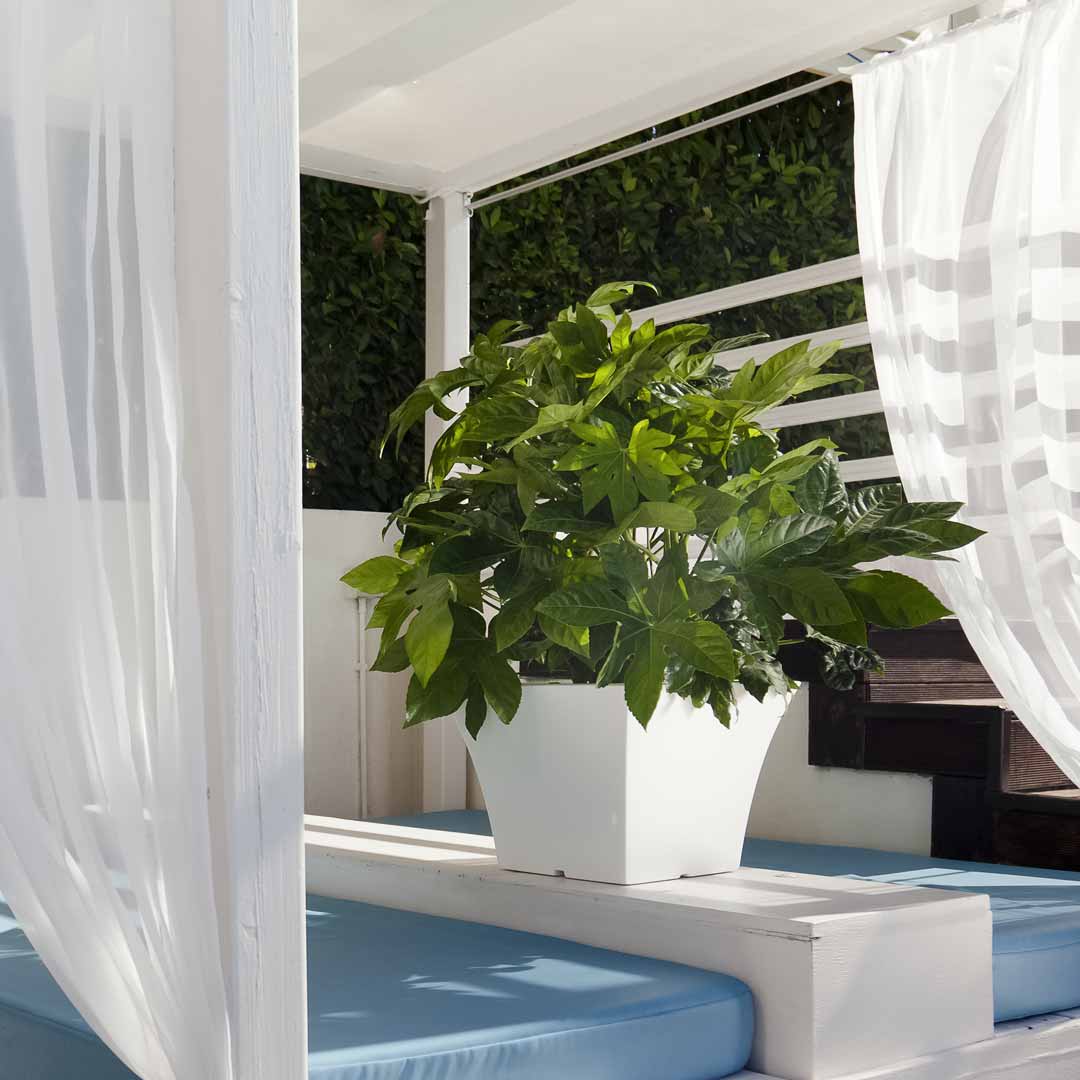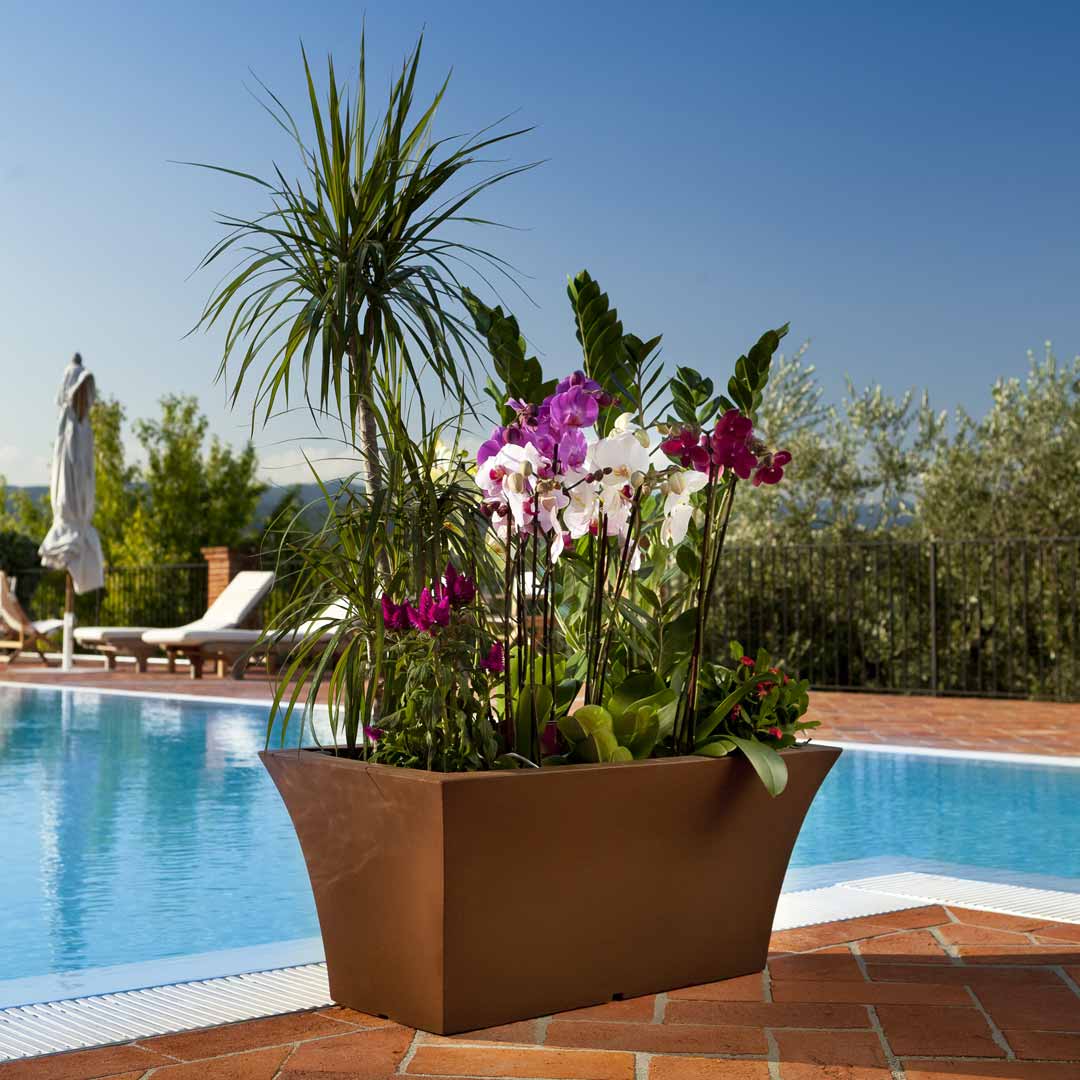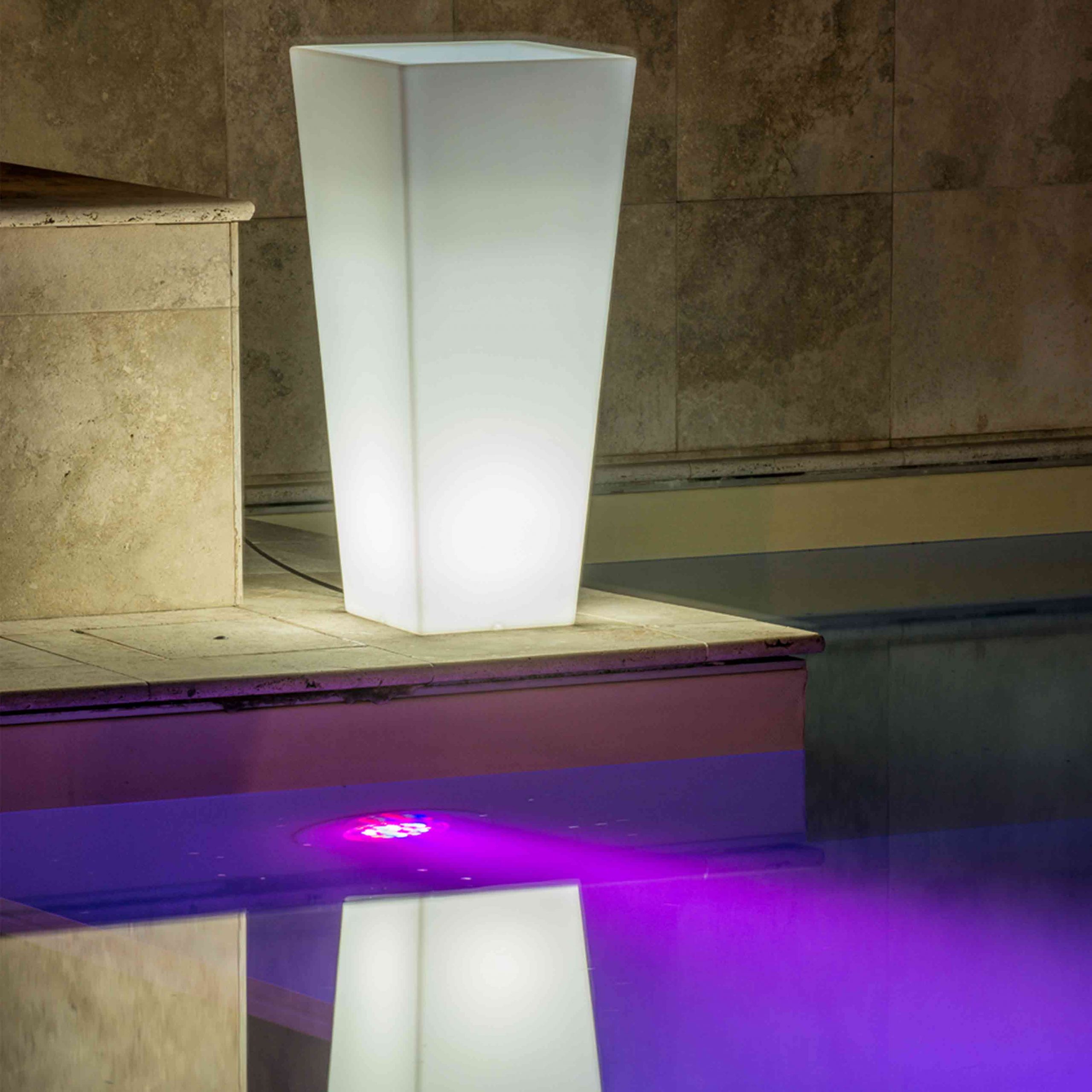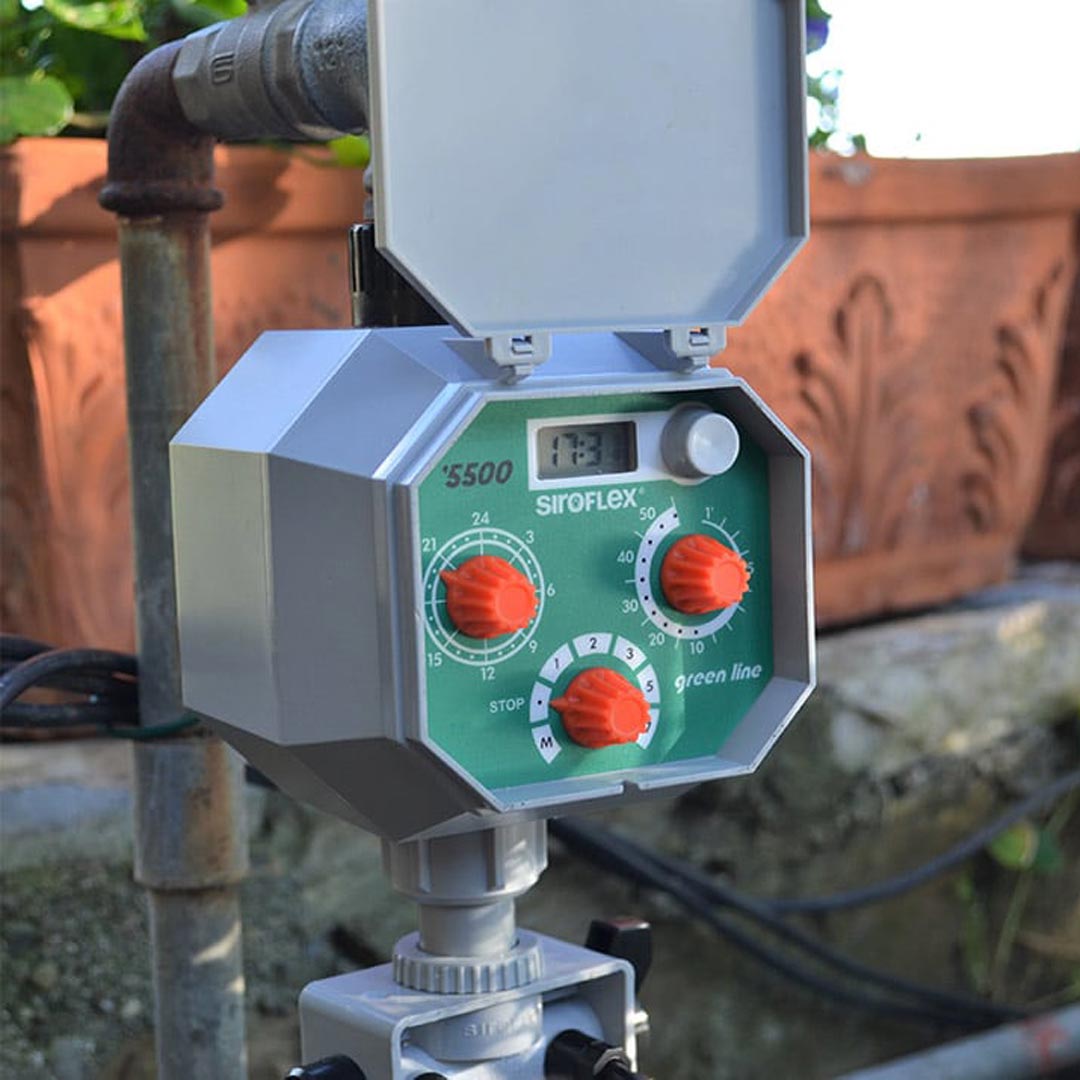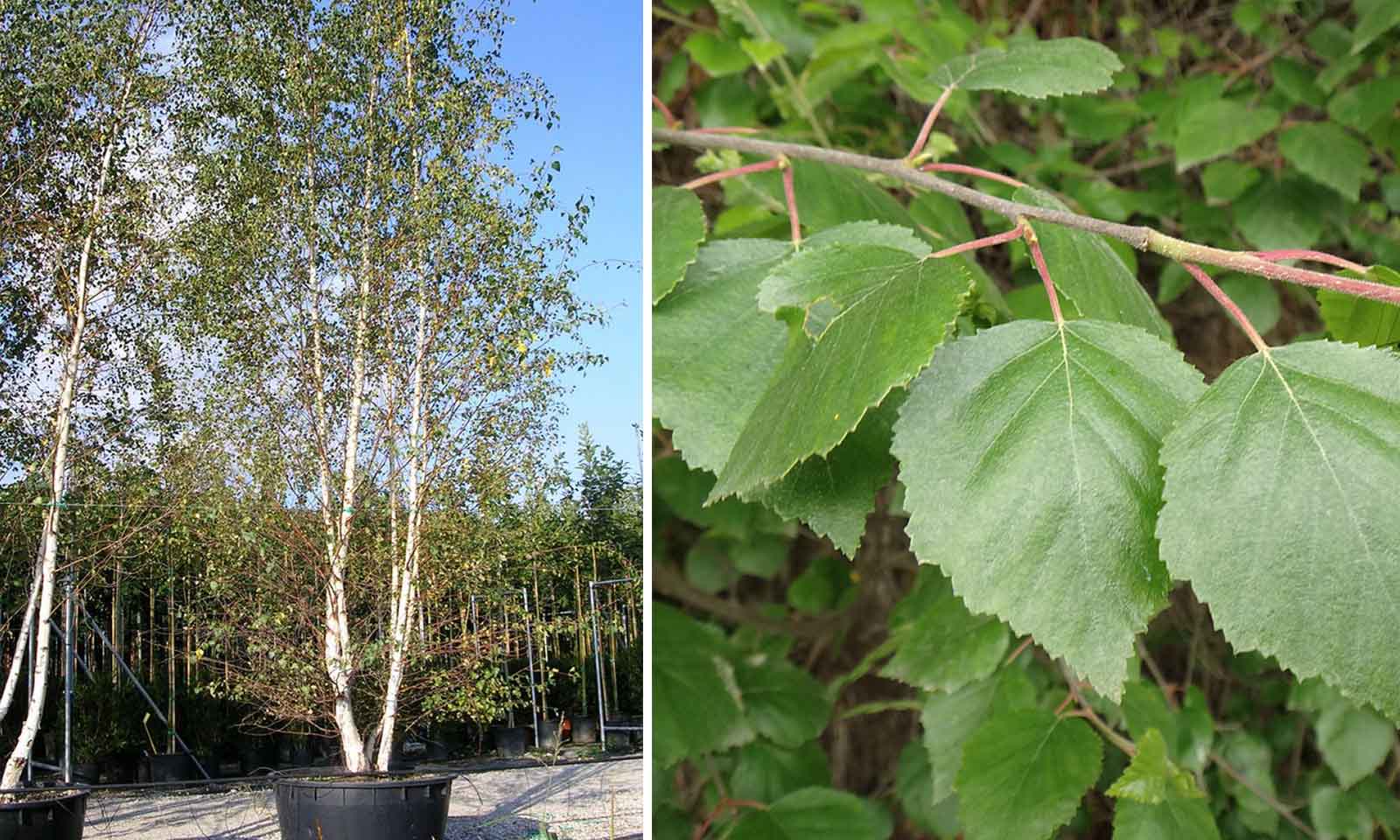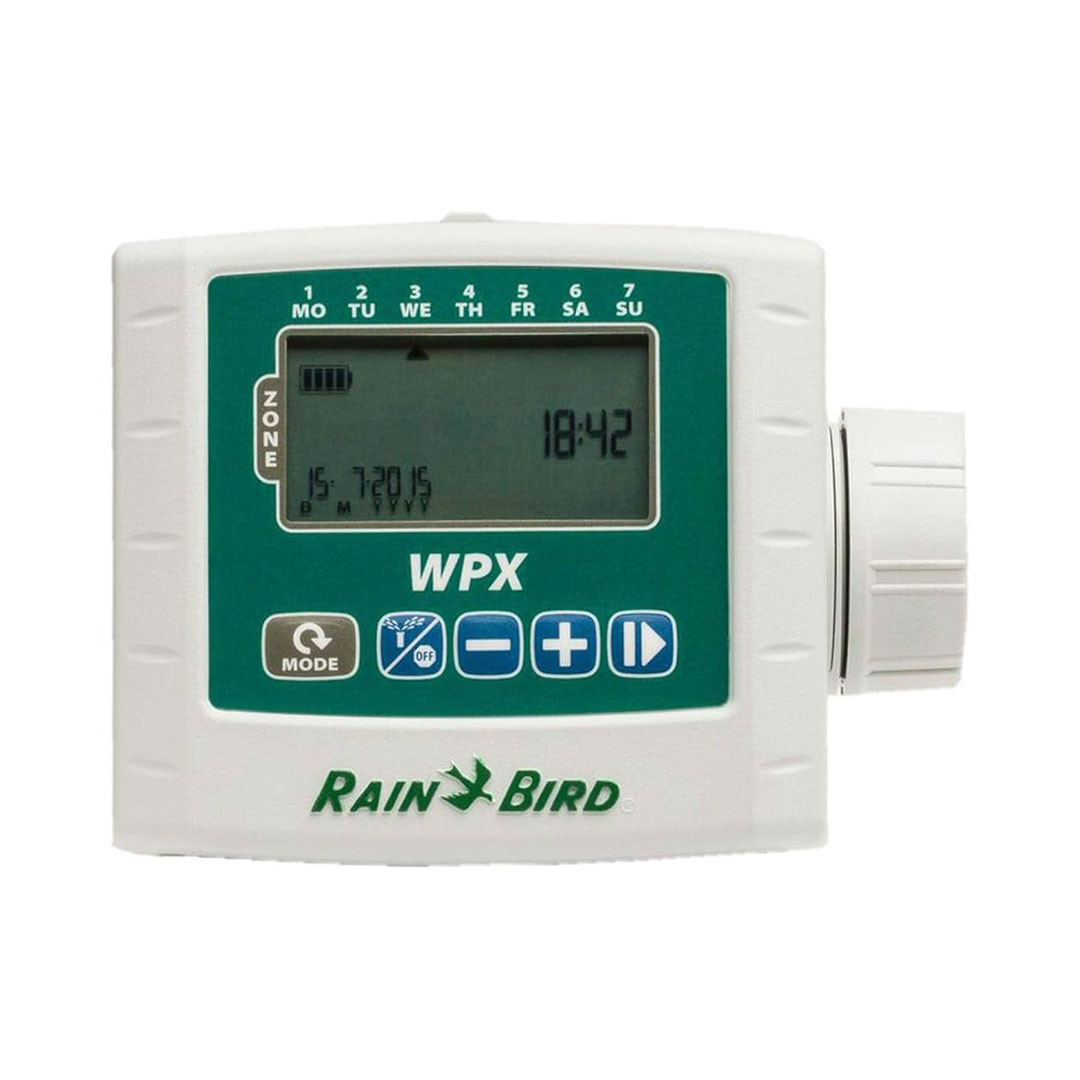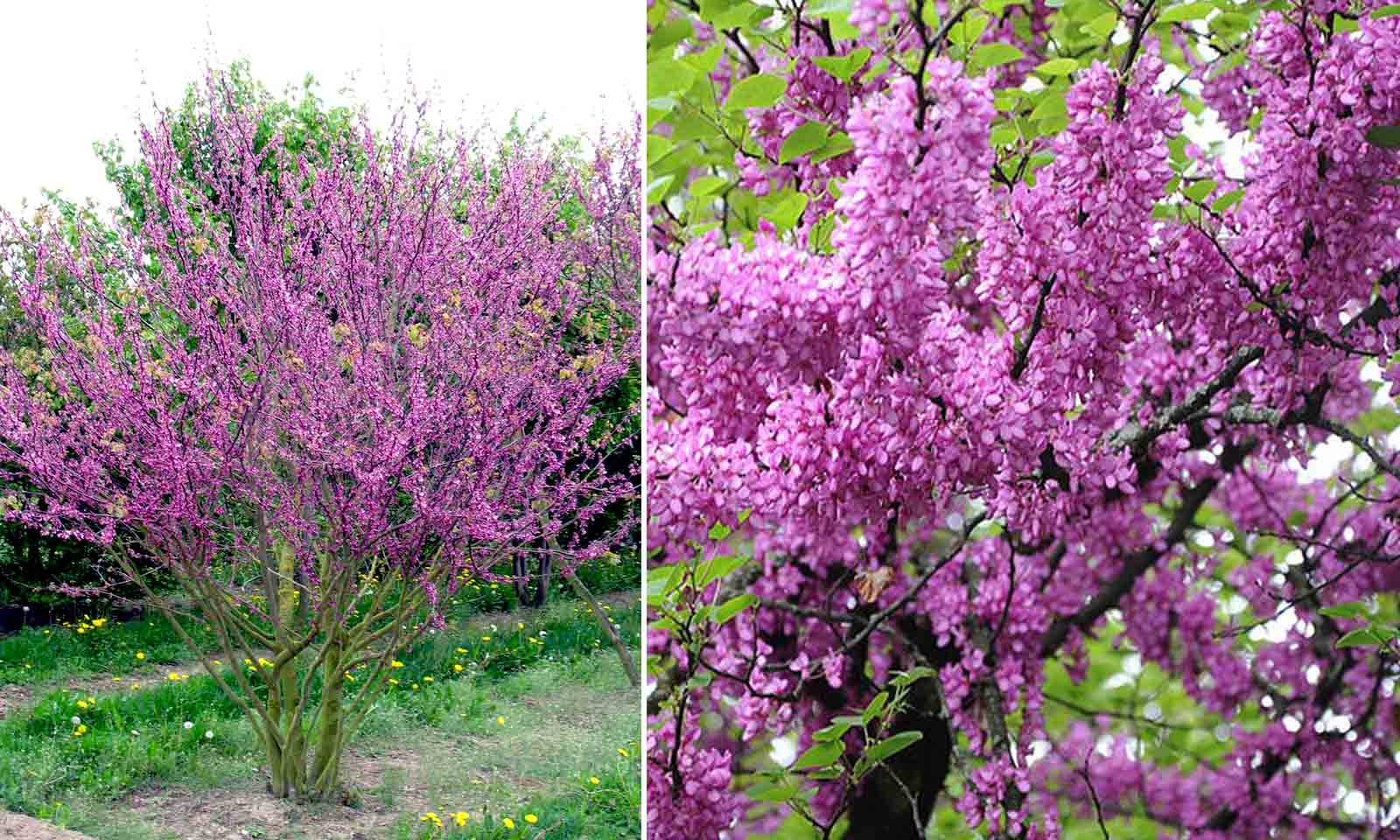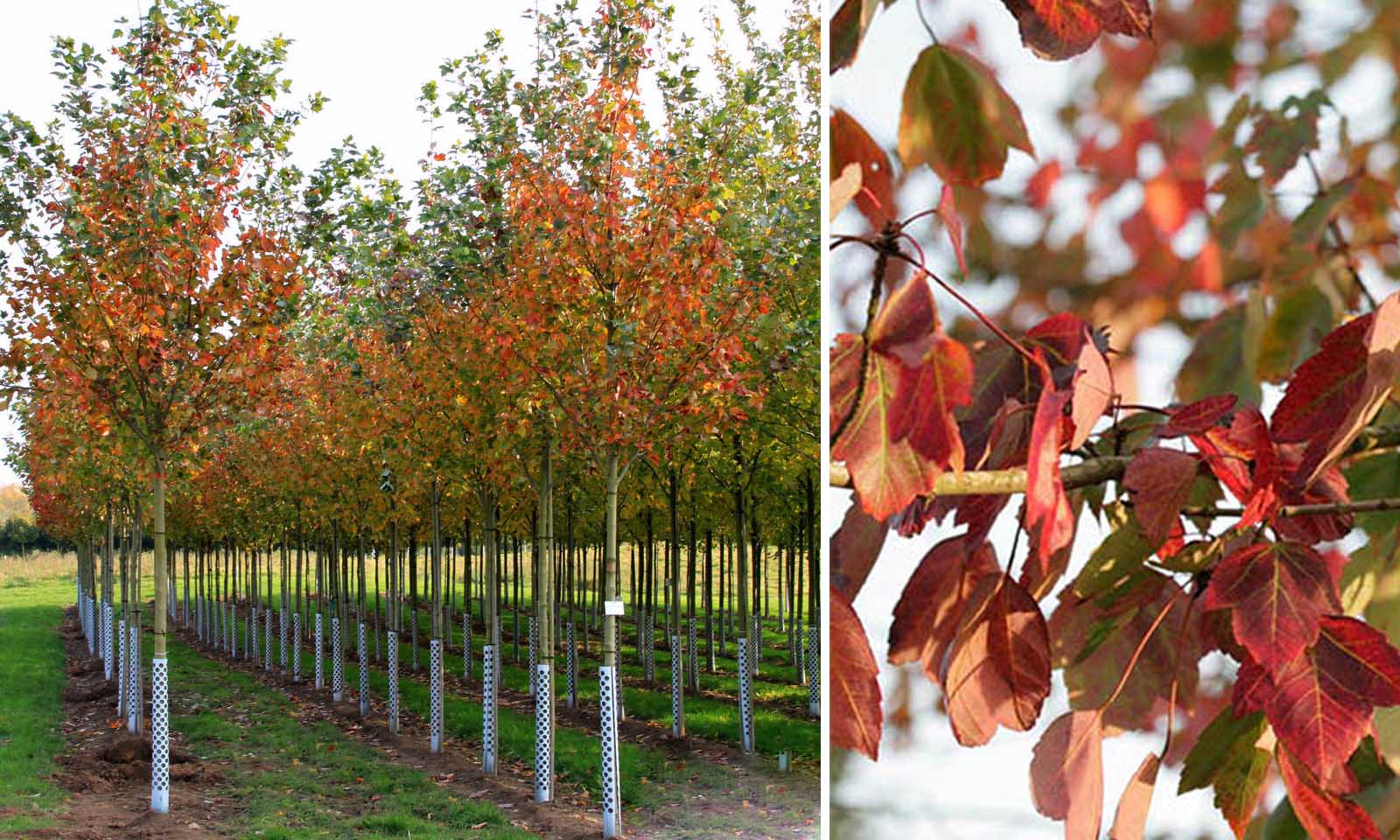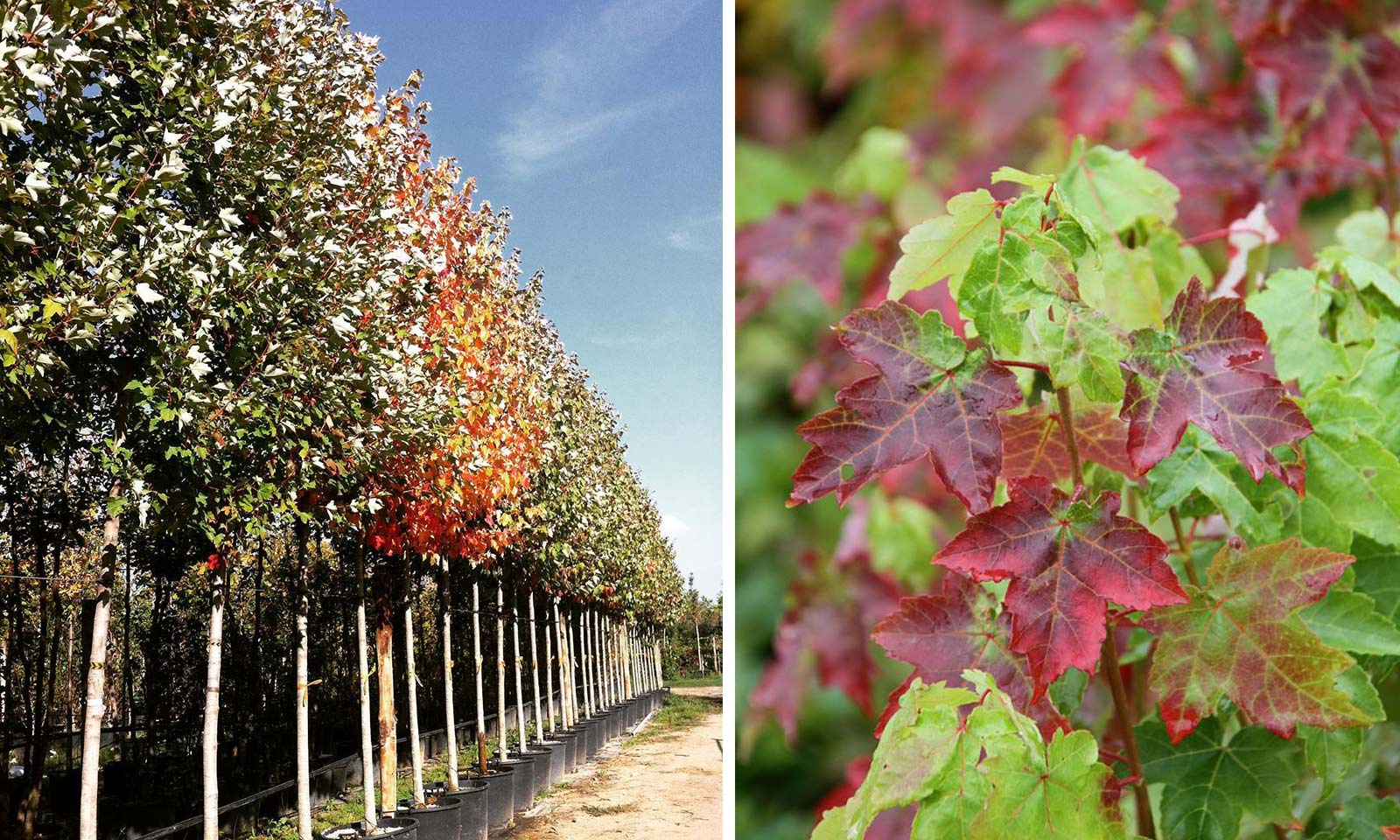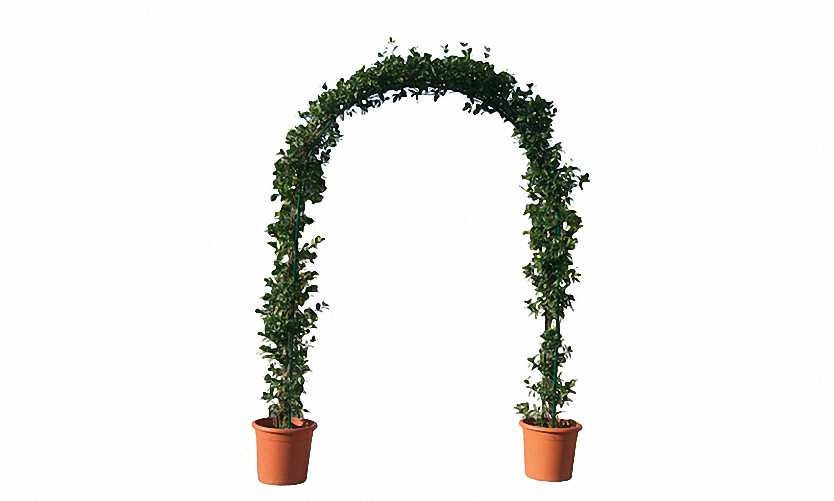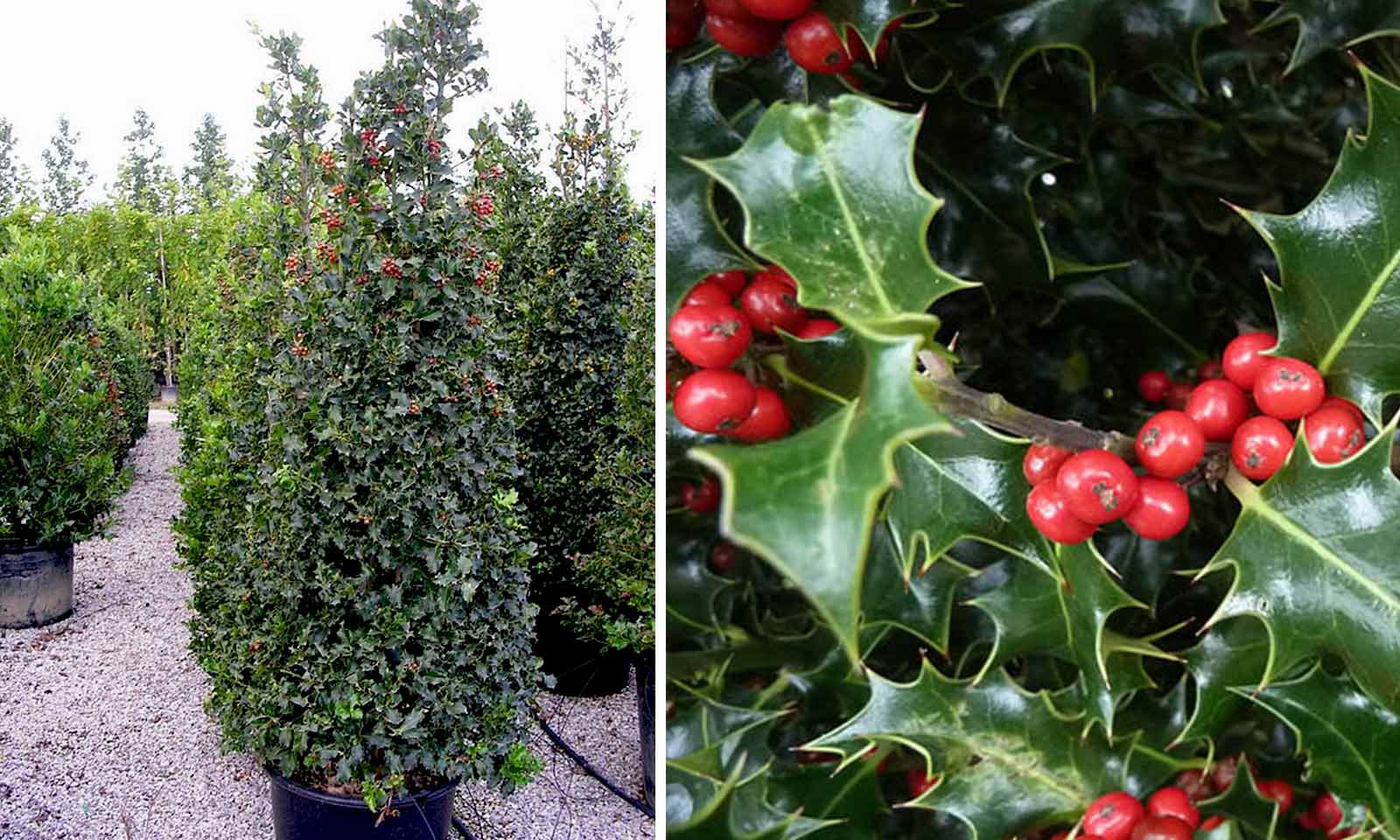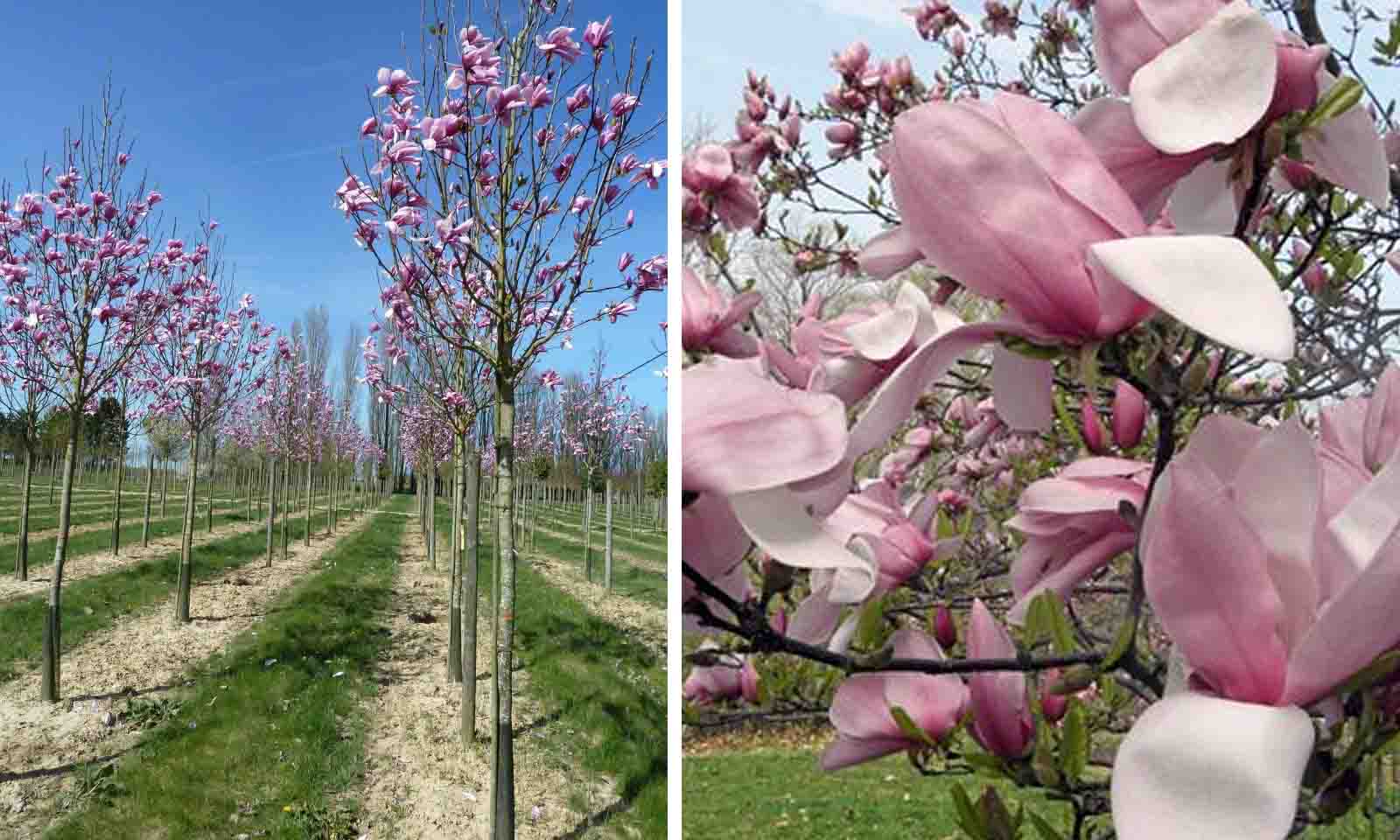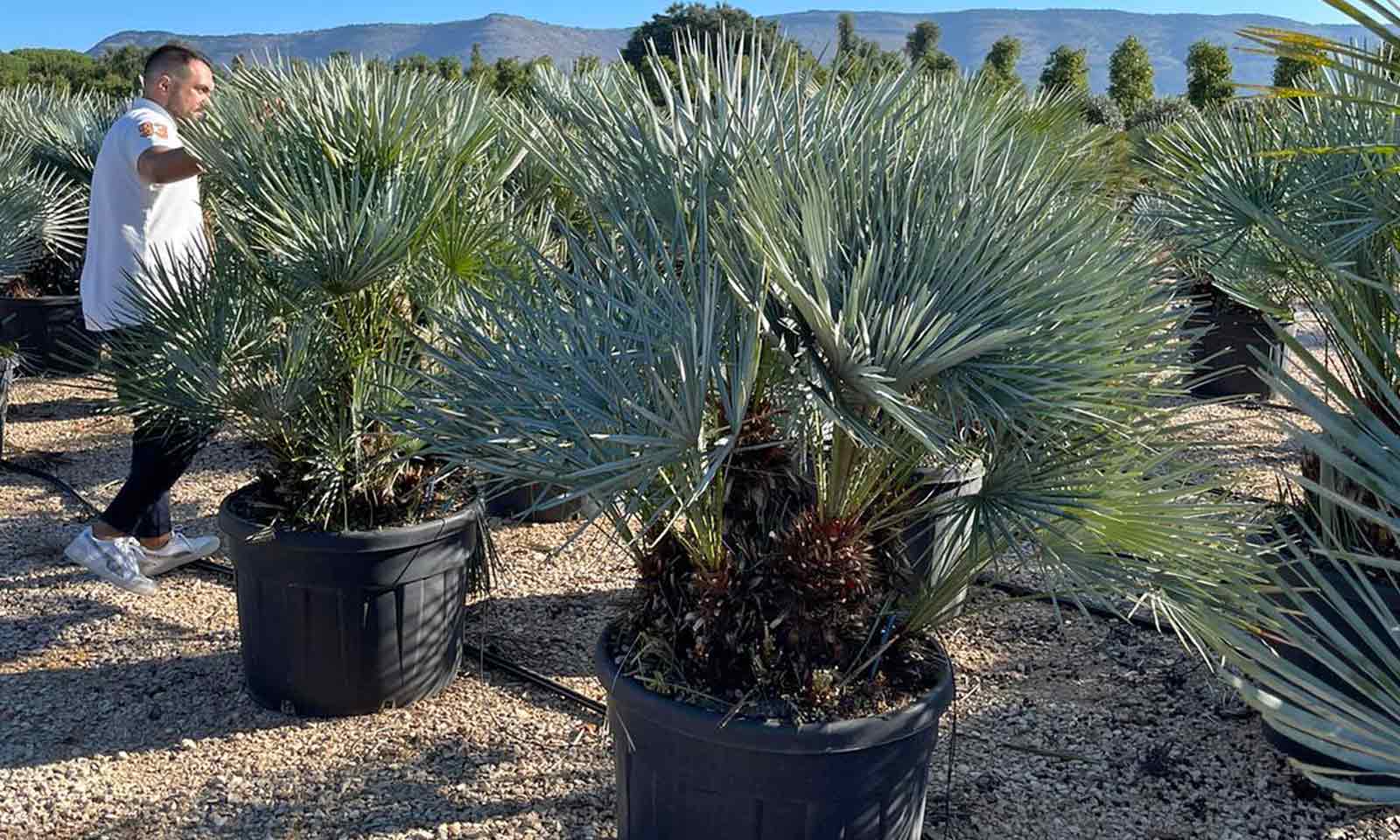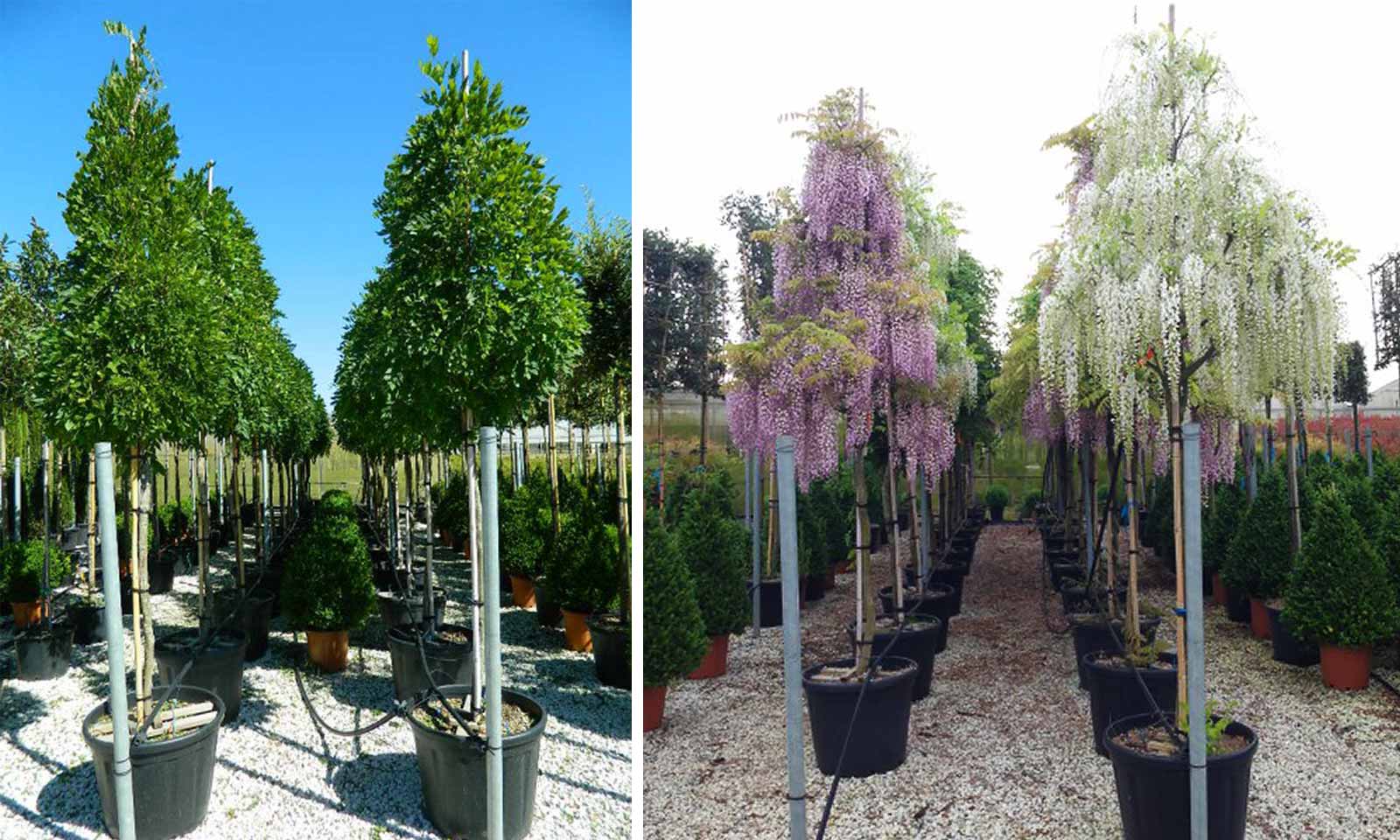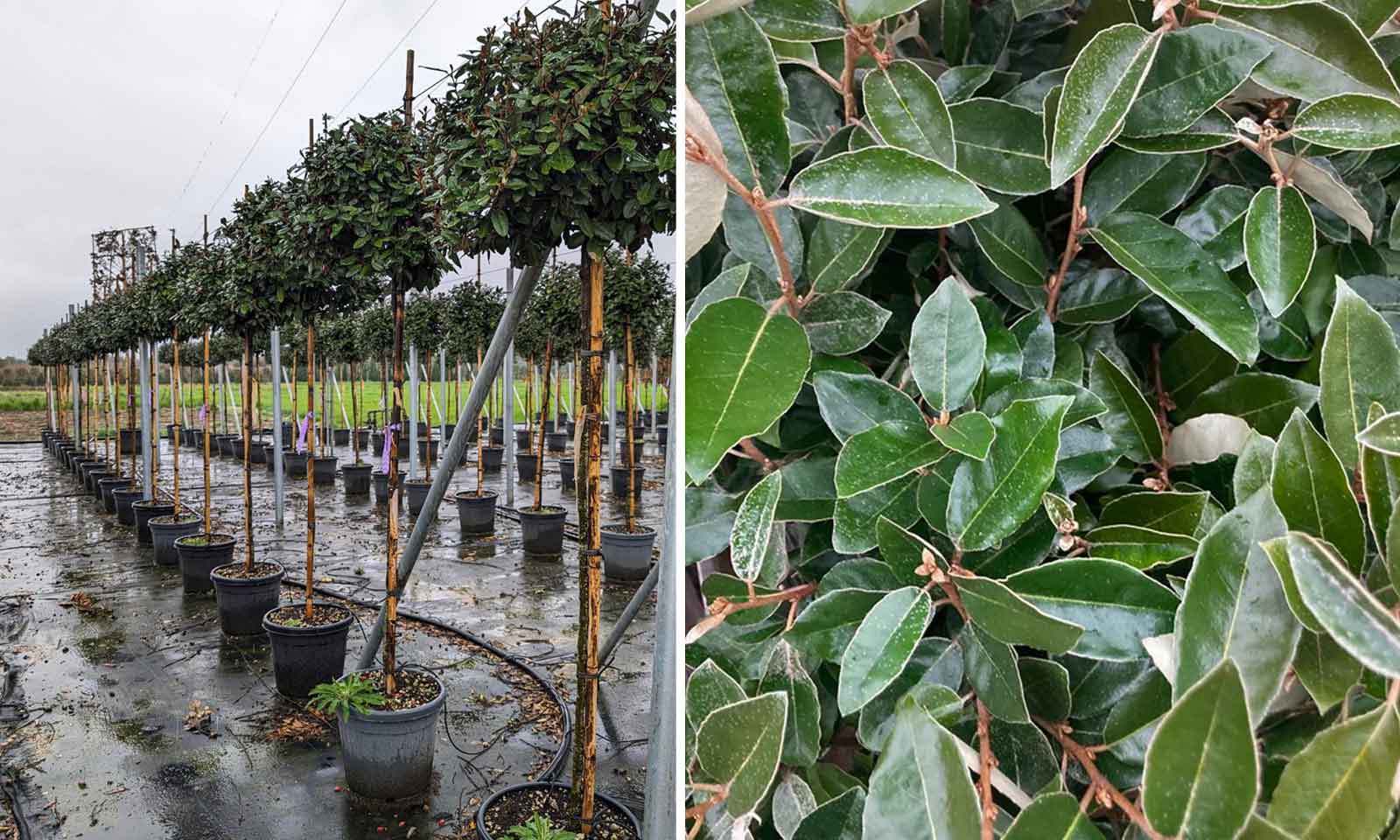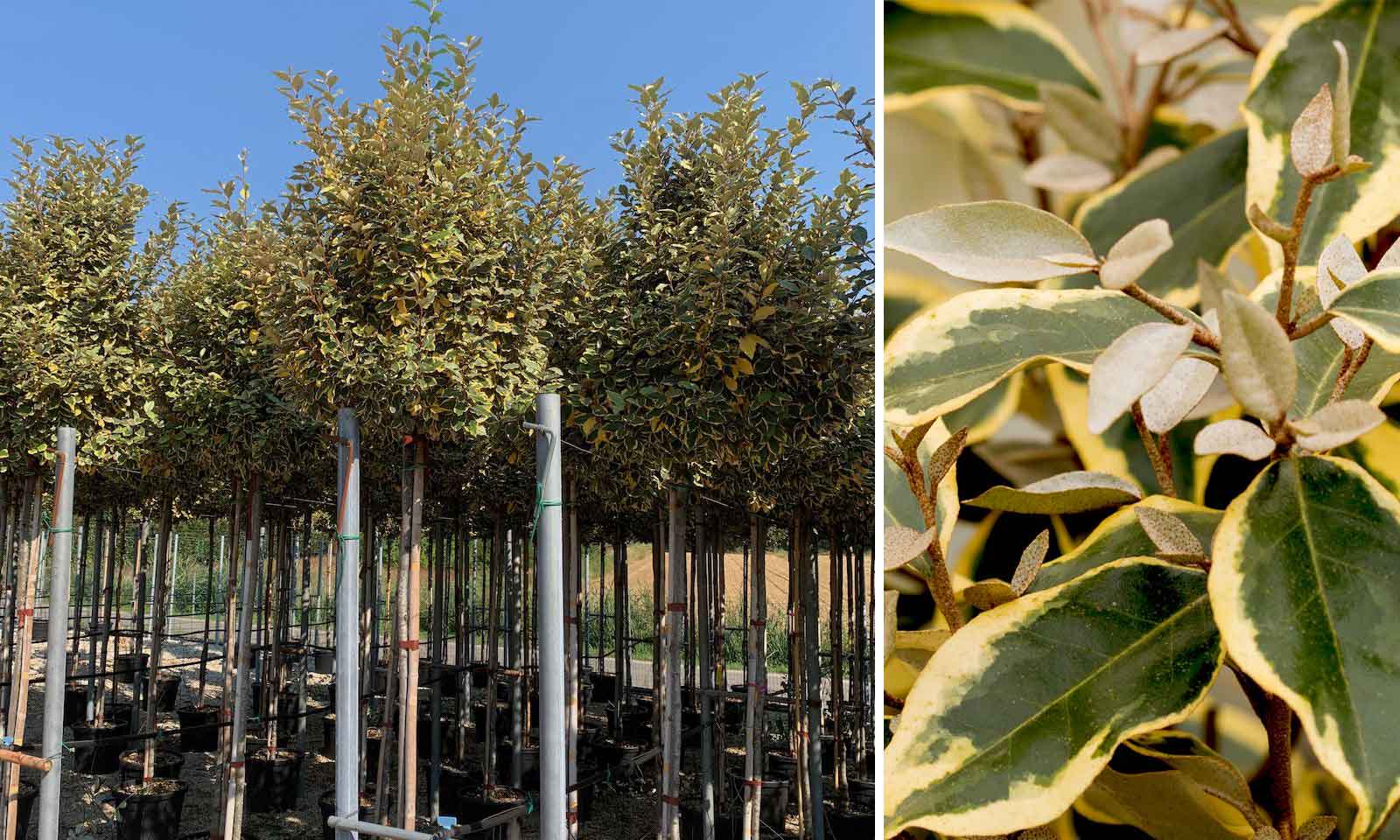Rain Bird Battery Powered Controller
The WPX programmer provides reliable operation for approximately one year when using one 9V alkaline battery and approximately two years when using two 9V alkaline batteries, regardless of weather conditions.
WPX features a waterproof casing and double-sealed battery compartment, and can be installed virtually anywhere.
WPX allows you to control irrigation in the absence of power without sacrificing the quality that distinguishes Rain Bird products.
Easy programming of the 1/2/4/6 Zone Battery Powered Controller Rain Bird
- Large, easy-to-read LCD screen, 85% larger than Hunter Node.
- Programs similar to ESP-RZX.
- All program details are displayed on one screen.
The Rain Bird 1/2/4/6 Zone Programmer with battery is more durable and provides longer life:
- Ensures smooth, reliable operation with a water-immersed valve box.
- Tested to outlast the competition even in the most extreme conditions.
- Designed for maximum resistance to water infiltration year after year.
- WPX lasts over 2x longer than competitive products tested by Rain Bird under extreme immersion conditions.
Features of the Battery-Powered Controller Rain Bird 6 Zones:
- Watering times, start times and watering days for each zone are displayed on a single screen.
- Large LCD display with intuitive, easy-to-use user interface.
- Weather sensor input with bypass device.
- Master pump/valve startup circuit. (multi-zone units only).
- Non-volatile memory (100 years).
- IP68 certified for protection against dust and water ingress.
- Plastic controller housing is highly resistant to weathering, yellowing and aging.
- Push button for manual watering and device shut-off.
- Allows you to start a program by pressing a single button.
- Keeps the program open even during battery replacement.
Programming Functions of the Battery-operated Programmer Rain Bird 1/2/4/6 Zones
- Dedicated manual watering button for easier operation.
- In the event of overlapping valve starts, the controller will only allow one valve to start at a time, putting the others in a queue, automatically giving priority to the zone with the lowest number.
- Contractor Rapid Programming™ automatically copies start times and watering days from Zone 1 to all other zones during initial setup.
- Start Times, Run Times, and Run Days can be customized for each Zone.
- 6 independent start times for each zone.
- 4 watering scheduling options for each zone: Custom days of the week, cycles (every 1-30 days), odd days and even days.
- Watering Pause (1 to 9 days).
Advanced features of the Battery-Powered Controller Rain Bird 1/2/4/6 Zones
- Contractor Default™ Function Save and Restore Program.
- Rain sensor bypass for all zones or zone-by-zone bypass.
- Manual watering of ALL zones or a SINGLE zone.
- Manual start button.
Electrical Specifications Rain Bird 1/2/4/6 Zone Battery Powered WPX6 Controller:
Runs on 1 x 9V alkaline batteries.
Compatible with all valves equipped with 9V bistable solenoid.
Capacity per station: 1 solenoid valve Rain Bird per station, plus one valve for main valve control.
Maximum distance between the controller and the bistable solenoid using 1.5 mm2 cable: 30 m.
Direct connection with the rain sensor.
Cockpit installation
Dimensions Programmer Rain Bird 1/2/4/6 Zone Battery:
Dimensions for optional wall mounting
Width: 10.76 cm
Height: 17.60 cm
Depth: 4.99 cm
Weight: 107 g
LCD screen dimensions
Width: 5.72 cm
Height: 3.18 cm
Certifications Programmer Rain Bird 6 Zone Cordless WPX6:
- cULus, FCC, IC, CE, RCM (AMCA), IP68, RoHS
Click to download:
WPX Programmer Technical Specifications
WPX Programmer User Manual
